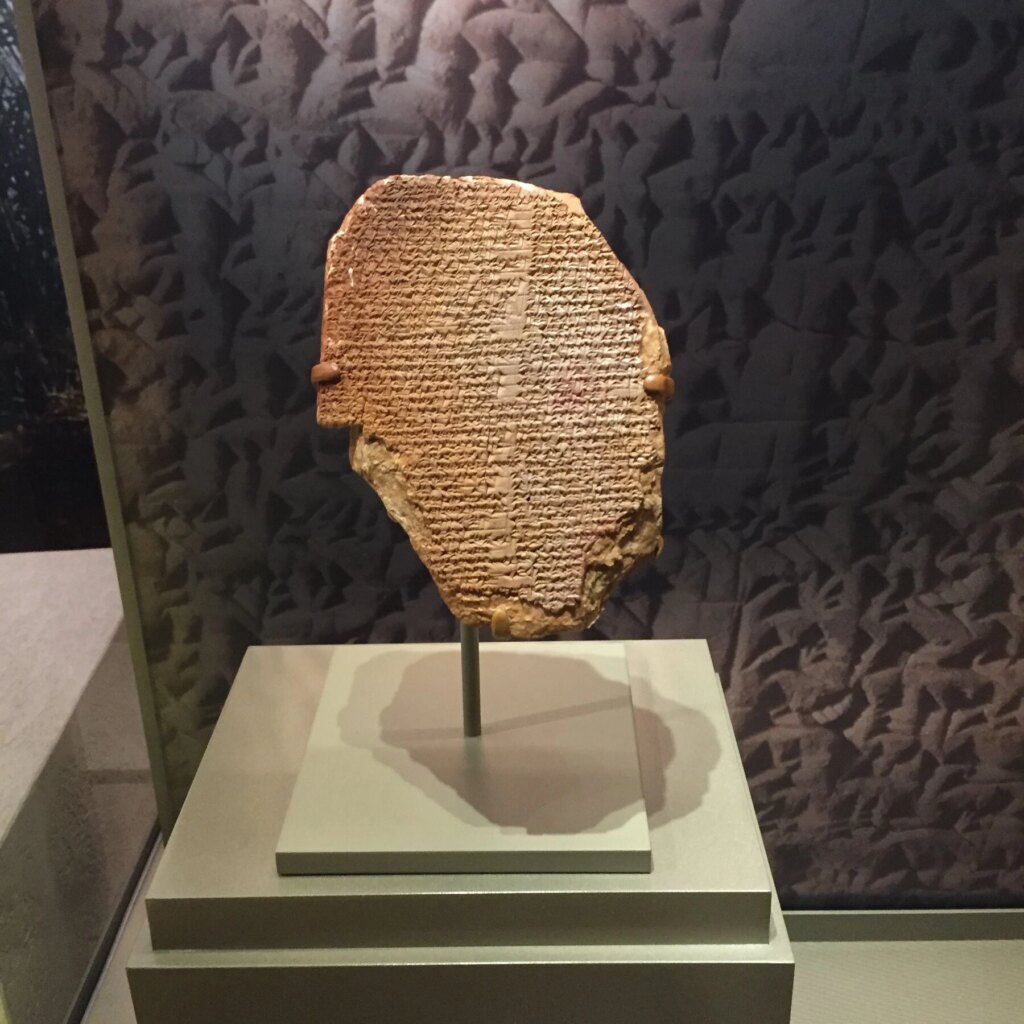Discover the ancient dream etched in cuneiform on the Gilgamesh Dream Tablet and how the tablet has travelled around the world to get back home to Iraq.
Once upon a time (around 3,600 years ago, if you want precision), a clay tablet was etched with the epic story of a mighty superhuman king. The king in question, Gilgamesh, was the ruler of Uruk, and his adventures have been told as legends and tales for millennia.
All these years later, the tablet bearing his stories has been on its own adventures. Passed through smuggling rings, surviving wars, and even taking a seat in courtrooms…
But why?
The Story of Gilgamesh
The Gilgamesh dream tablet contains an interesting section of one of the world’s oldest known literary works. The entire story is written in cuneiform script and was etched onto the tablet almost 40 centuries ago.
In the scene, Gilgamesh, a very famous superhuman king, recounts a strange dream to his mother, the goddess Ninsun. He describes seeing a massive meteorite crashing down from the heavens and tells Ninsun that he is both afraid of it and, for some unknown reason, strangely drawn to it.
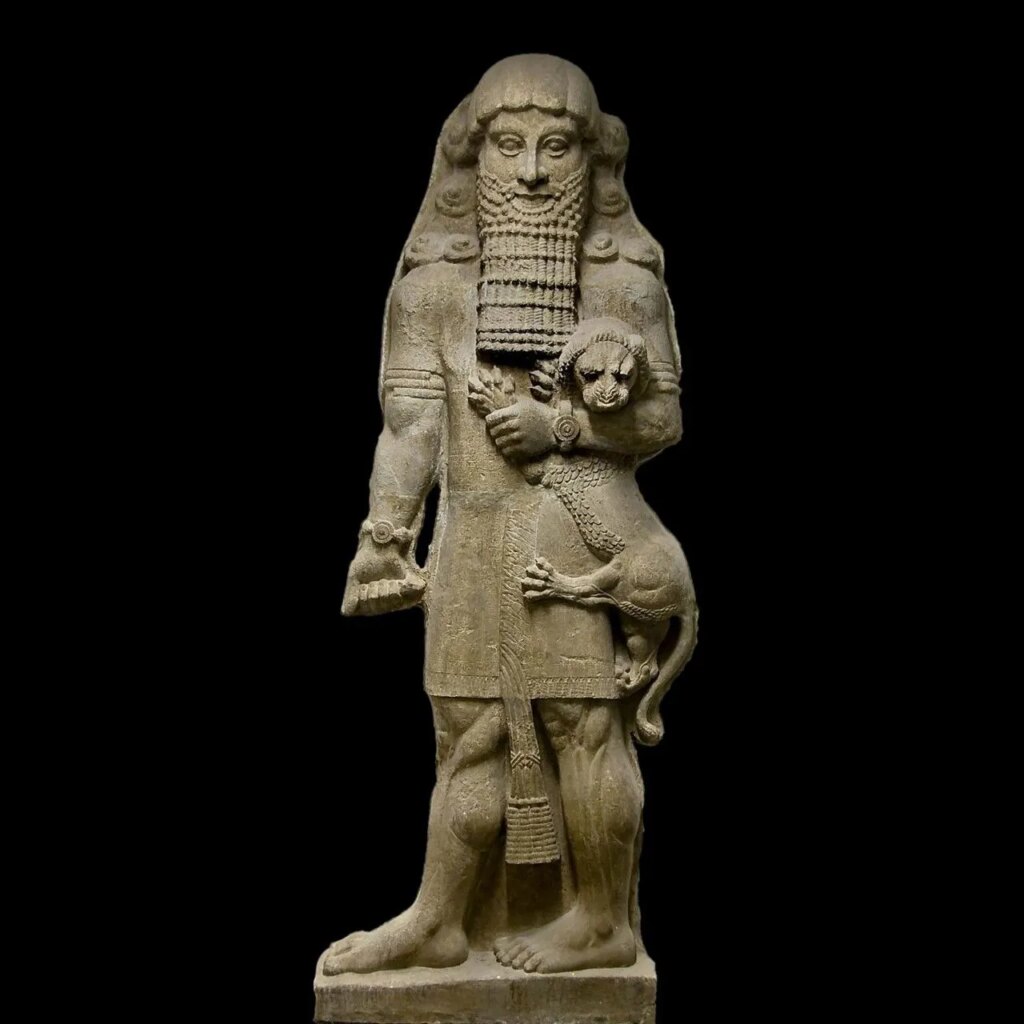
Translations have shown that the imagery in this scene is intense and symbolic. The meteorite is described as immovable, powerful, and almost written like it is tied to fate. Gilgamesh tells his mother that he struggles with the rock and its arrival, but ultimately, he loves it “as a woman!”
Ninsun listens to her son and tells him that she interprets this dream as a sort of prophecy. To her, the celestial object represents Enkidu, a wild man who was created by the gods and who will soon enter Gilgamesh’s life.

She explains that not only will Enkidu become Gilgamesh’s closest friend, but he will also play a crucial role in Gilgamesh’s personal growth and eventual journey toward wisdom.
In its storytelling, the tablet captures more than just a dream. This scene is a crucial turning point in the epic. It marks the beginning of a legendary friendship and a foreshadowing of the emotional highs and tragic lows of their shared adventures.
Why is the Tablet Important?
The Gilgamesh Dream Tablet is a fragment of the Epic of Gilgamesh, one of humanity’s oldest known literary works. The whole text is written in the Akkadian language using cuneiform script, one of the oldest forms of written language.
As described, the tablet captures a poignant moment in which Gilgamesh recounts his dreams to his mother, seeking interpretation and guidance.
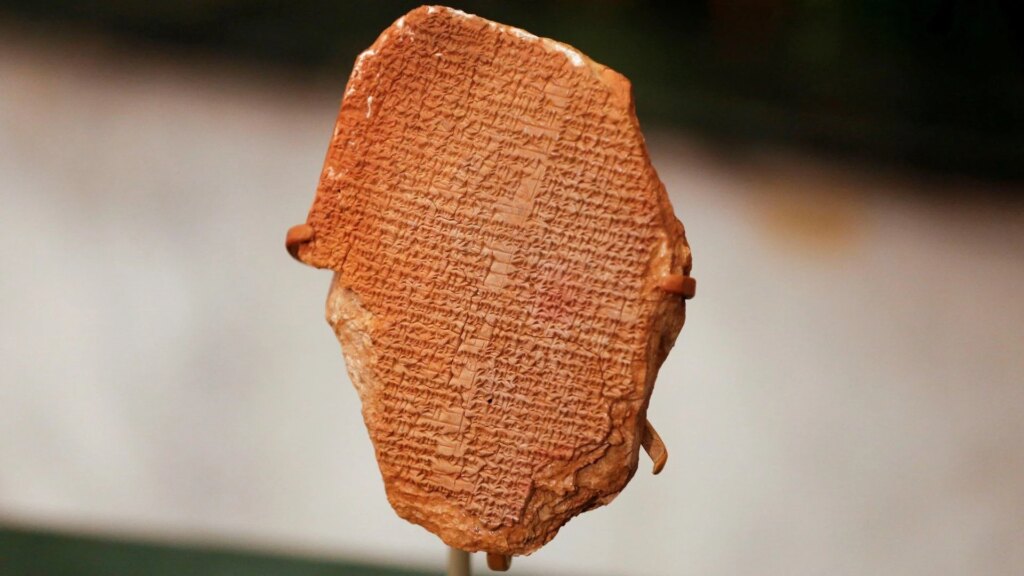
These dreams, rich with symbolism, offer important insights into the hero’s psyche and foreshadow his epic quests. Without this scene, important imagery and nuance in the story would be missing.
The tablet was first discovered in the 19th century among the ruins of the library of an Assyrian king in Northern Iraq. When found, the tablet provided historians with invaluable glimpses into ancient Mesopotamian beliefs, values, and even their storytelling traditions that we had not had before.
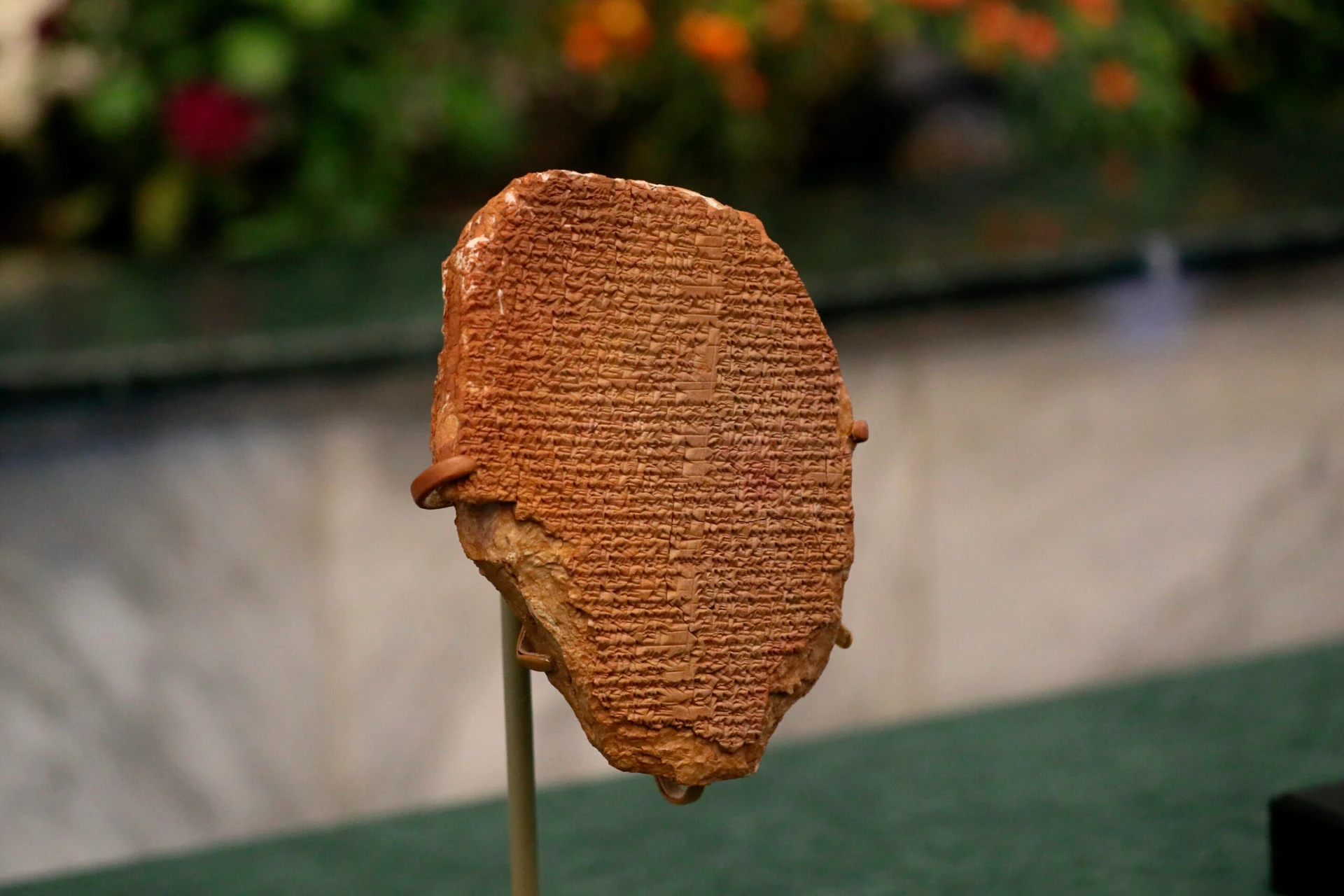
Its narratives, which parallel important tales from the Hebrew Bible, are just another piece of historical evidence regarding the interconnectedness among ancient civilizations.
The Tablet’s Tumultuous Journey
So, enough about the story on the tablet, what about the story of the tablet? Where has it been, and where is it now?
After being found in 1853, the tablet was stored in a museum for a significant chunk of time. But in the late 20th century, it went missing from Iraq.
Following the chaos that surrounded the 1991 Gulf War, the Gilgamesh Dream Tablet was unfortunately looted from its home in an Iraqi museum, and it quickly vanished into the shadows of the black market. Across the decades following the war, it discreetly traveled from one country to another again and again with documents that masked its real origins.
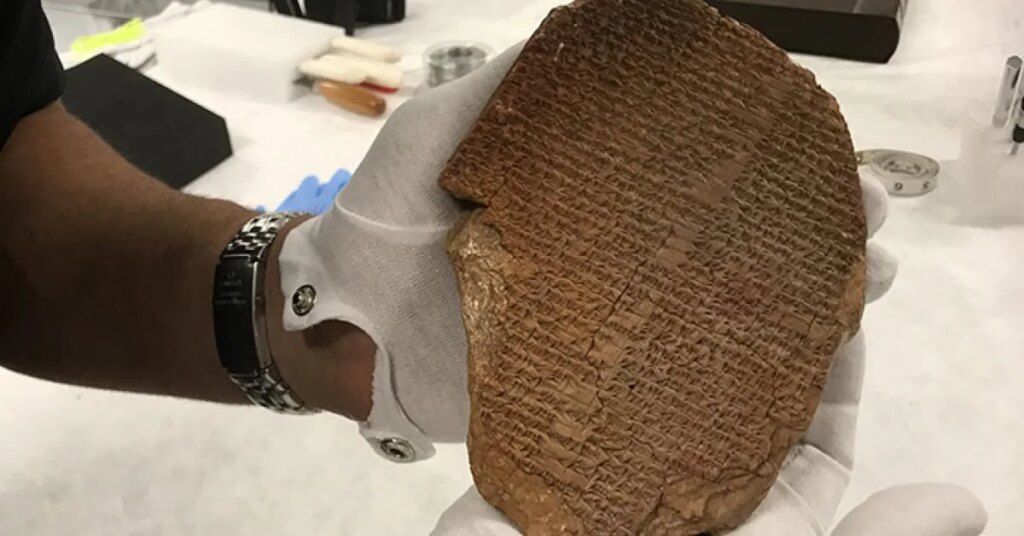
The tablet first appeared in London in 2003, where an antiques dealer purchased it. From there, it eventually made its way to the United States.
In 2007, the tablet appeared in the United States, where it was acquired by Hobby Lobby seven years later, in 2014. They hoped to display it at the Museum of the Bible, an attraction in Washington, D.C., but suspicions soon emerged regarding its importance, and it was seized in 2019.
Homecoming: A Nation’s Cultural Reclamation
It took a few years, but finally, in 2021, the United States officially returned the artifact to Iraq. The handover took place during a ceremony at the Smithsonian Institution in September of that year, and was hailed as a significant milestone and victory for Iraq, which has been fighting the trafficking of its cultural artifacts for years.
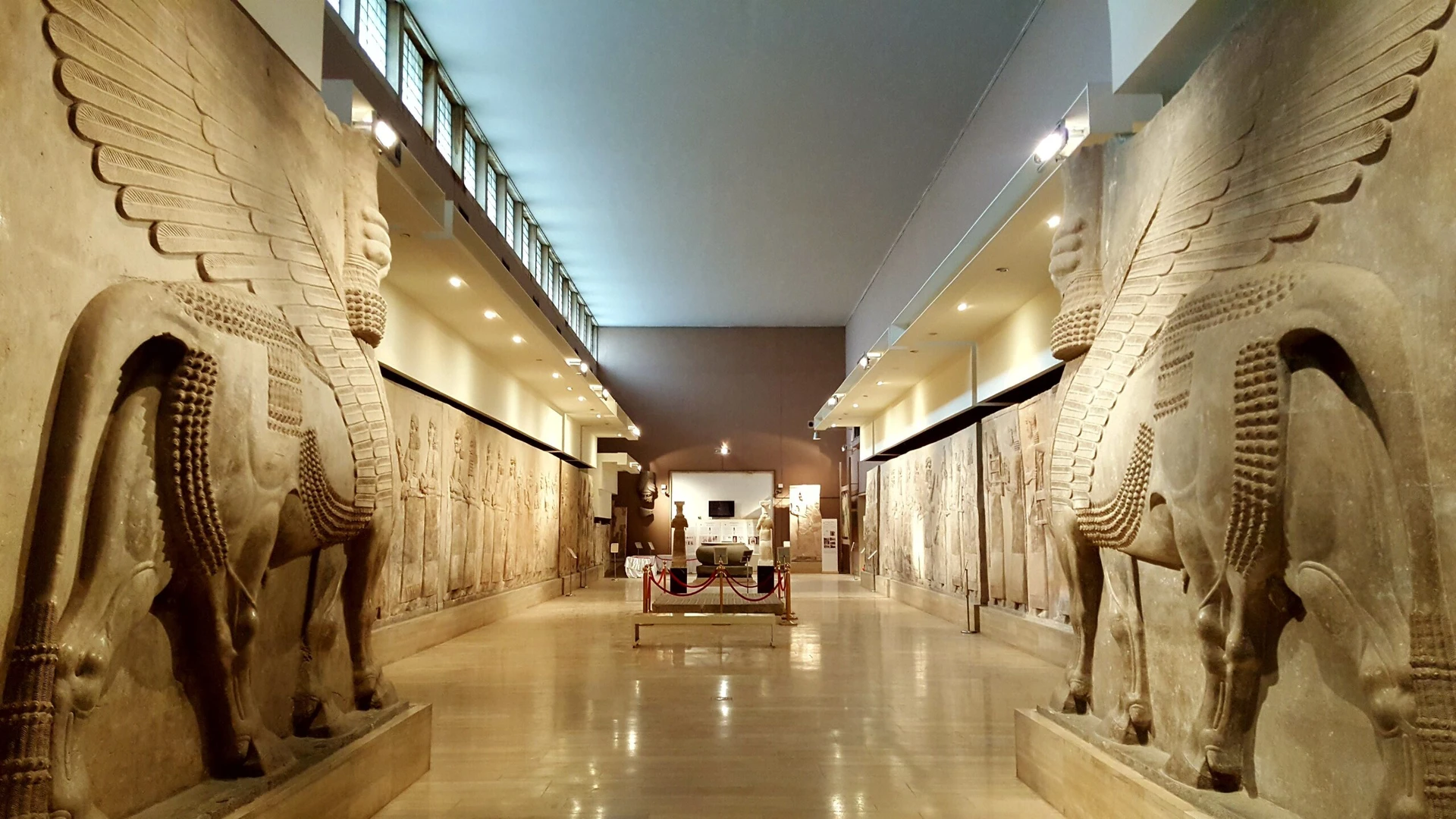
Faud Hussein, the nation’s cultural minister, emphasized the tablet’s importance. He said it was one of 17,926 pieces recovered in that year alone, and reiterated the significance of the victory in the face of those who sought to “steal” Iraq’s history.
Today, the Gilgamesh Dream Tablet is proudly displayed in Baghdad, where it should be.
The Enduring Legacy of Gilgamesh
The saga of the Gilgamesh Dream Tablet shows not only how long we as people have been telling stories, but also how important those stories are. Even now, all these years later, the tablet appealed to individuals enough to loot, hide, and sell it through whatever means necessary.
The celebration in Iraq shows us the importance of working together to preserve cultural heritage. Its return to Iraq not only restores a piece of the country’s heritage, but has rekindled global interest in the Epic of Gilgamesh and other super interesting parts of Iraqi history!
Join our community of 1.5M readers
Like this story? You'll love our free weekly magazine.





